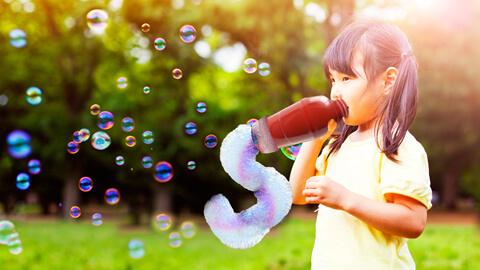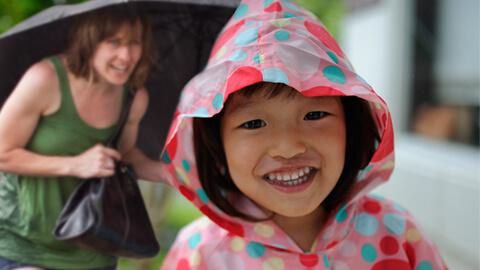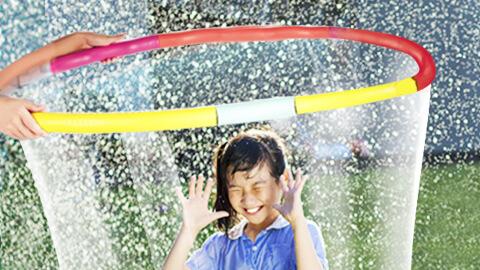Your child will reach milestones at her own rate. But if you’d like to nurture her development while creating more opportunities to interact and bond with your child, here are some activities you can try.
Cognitive
Milestone: Learning colors
What helps: Point to and name colors as you read books or play with your child, and invite her to identify them: “I see a red truck. Do you?” “Where is the yellow flower?” As she becomes familiar with the basic primary shades, gradually introduce new colors: brown, orange, purple.
Why: Naming colors reinforces the idea that they show up in many different places and forms.
Next: Ask your child to tell you what color an object is: “What color is your shirt?” She might not get it right, but that’s OK; rather than making a big deal out of correcting her, simply name it for her.
Motor
Milestone: Using child-safe scissors
What helps: Provide playthings that help develop hand control, such as large beads to string, chalk to draw with, and dolls or stuffed animals wearing clothing with large buttons, zippers, laces, or snaps.
Why: As the ability to control fine muscle movements improves, your 3-year-old is also gaining better concentration. Together, these skills allow her to manipulate objects, such as children’s scissors, with precision and care.
Next: Provide craft materials like clay, paint, and scissors and paper; they’ll appeal to her and encourage her to practice using her fine motor skills. Just keep in mind that, at this age, she’ll be more interested in the process of using these things than in creating a specific end product.
Communication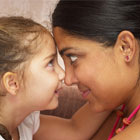
Milestone: Using pronouns (“I,” “me,” “you”)
What helps: If you’ve been referring to yourself as Mommy or Daddy, begin to use the specific pronouns. Instead of “Let Mommy do it,” say, “Let me do it.” Or, “I need you to pick up your jacket.”
Why: Using pronouns correctly can be confusing for children at this age, so hearing them in their proper context helps your child sort out the rules of grammar.
Next: Try not to correct her when she slips up. Hearing sentences like “You should say ‘I’” can get confusing!
Social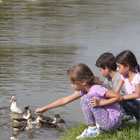
Milestone: Playing with friends
What helps: Keep a watchful eye on preschool playmates and, without hovering or directing the play, offer guidance as needed. Say, “Use your words,” for example, if your child gets angry, or “Give your friend a turn.”
Why: Sometimes 3- and 4-year-olds need help averting conflicts as they navigate the new art of playing together (as opposed to playing side by side).
Next: If a conflict arises, let your child know that it’s OK to be tired or angry, but it’s not OK to hit or shove a friend. Remind her how it feels when someone does that to her, and encourage an apology. This can help lay the foundation for learning empathy, an important social skill that she will begin to master in small ways at around age 5.
References:
“Caring for Your Baby and Young Child, Birth to Age 5 (5th Ed)” by the American Academy of Pediatrics.
“The Wonder Years: Helping Your Baby and Young Child Successfully Negotiate the Major Developmental Milestones” by the American Academy of Pediatrics.

